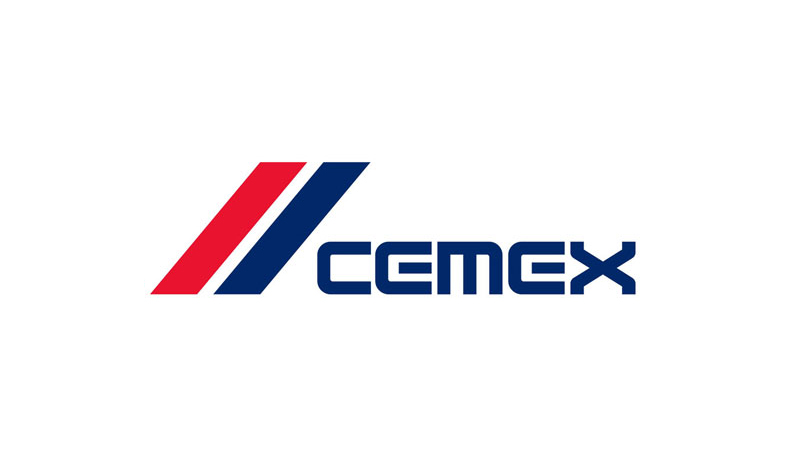Cemex produced a solar clinker alongside Synhelion, an energy company focused on solar fuels, as part of its effort to develop completely solar-driven cement plants.
Cemex says the clinker, which is a key component of cement, is the first in the world produced by solar.
According to Cemex, clinker is produced by fusing limestone, clay and other materials in a rotary kiln at temperatures around 2,700 degrees. Fossil fuels are typically used to heat the kiln, with Cemex saying they are responsible for about 40 percent of the process’s direct carbon dioxide emissions.
“The production of the first solar clinker is an exciting milestone for this transformational technology,” says Fernando Gonzalez, CEO of Cemex. “It is proof of our commitment to deliver tangible outcomes through innovation to achieve our goal of delivering only net-zero CO2 concrete by 2050.”
The project
The Cemex and Synhelion R&D teams set up a pilot batch production unit to produce clinker from concentrated solar radiation by connecting the clinker production process with the Synhelion solar receiver, according to Cemex. The pilot was installed at the Very High Concentration Solar Tower of IMDEA Energy in Spain.
Synhelion’s solar receiver delivers the extreme temperatures. The solar receiver heats a gaseous heat transfer fluid and, thus, provides the necessary process heat for clinker production.
“Our technology converts concentrated sunlight into the hottest existing solar process heat – beyond 1,500 degrees [Celsius] – on the market,” says Gianluca Ambrosetti, CEO and co-founder of Synhelion. “We are proud to demonstrate together with Cemex one specific industrially relevant application of our fully renewable, high-temperature solar heat.”
Cemex says the clinker was used to produce cement and was then further processed to produce concrete.
In the next phase of their joint research and development project, Cemex and Synhelion aim to produce solar clinker in larger quantities as they work toward an industrial-scale pilot at a cement plant.













